Why the Principles of Mid-Century Modern Design Are Truly Timeless

What if I told you that many design ideas we consider modern today actually originated 70 years ago? The mid-century modern style, born in the 1940s and 50s, remains relevant even today.
A design style based on simplicity and innovation, mid-century modern design has become somewhat timeless. Here’s what you need to know about this design style, as well as it's history in my native Australia:
Table of contents
Post-War Optimism Meets Innovation
Following World War II, a wave of optimism fueled experimentation.
Young Australian architects challenged the traditional Victorian style, characterized by ornamentation, defined rooms, and small windows.
They craved a design that better reflected the Australian lifestyle.
Connecting with the Environment
Unlike their predecessors, mid-century homes prioritized connection to the surrounding environment.
Melbourne's mid-century homes, built in growing suburbs with ample space, were oriented to capture sunlight.
Function trumped formality – the front door wasn't the sole determinant of room layout.
Instead, living areas faced north for maximum sun exposure.
Flat Roofs and Walls of Glass
A defining feature of mid-century homes is the flat roof, a radical departure from the pitched roofs of the past.
Advancements in materials and construction allowed for lightweight, flat roofs made of metal.
Large windows, another hallmark, were made possible by technological advancements that created lightweight, structurally sound glass walls.
These windows blurred the lines between indoors and outdoors, fostering a unique indoor-outdoor living experience.
The Rise of the Open Floor Plan
Mid-century design introduced the open floor plan, a concept that replaced separate rooms for dining, living, and kitchen with a unified space.
However, unlike today's completely open layouts, mid-century versions might incorporate joinery for visual separation or sunken living areas to define different zones.
Personally, I think architects at the time just wanted to make sure there was enough space to groove.
Material Mania
Mid-century design embraced a mix of natural and manufactured materials.
Timber, stone, and exposed structural elements like columns and beams coexisted with stainless steel and chrome.
Muted colors were common, but pops of boldness, like coral carpets, added a playful touch.
Less is More
Ornate details of the Victorian era gave way to clean lines, uncluttered spaces, and functionality.
"Less is more" became the mantra, applied to everything from furniture design to floor plans.
Australian Mid-Century Gardens
Prior to the 1940s, Australian gardens reflected a more English style, often ill-suited to the harsh Australian climate.
The mid-century era saw a rise in native plants, better adapted to the local environment, and a focus on integrating the garden design with the architecture of the house.
Large windows allowed occupants to feel connected to the garden from inside the home.
A Renewed Appreciation
Mid-century modern architecture's impact is undeniable. Its core principles – flat roofs, expansive windows, open floor plans, natural materials, simplicity, and native gardens – are still sought-after today.
Unfortunately, there was a period when mid-century homes were overshadowed by more modern styles, leading to many demolitions.
However, there's a renewed appreciation for this unique style, and hopefully, these "groovy" mid-century homes will be preserved for future generations to admire.







































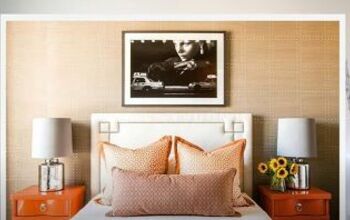


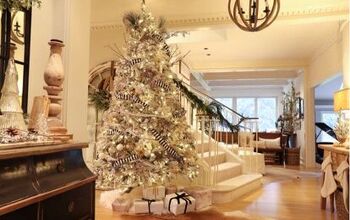
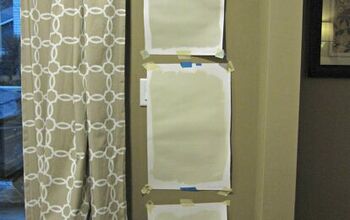






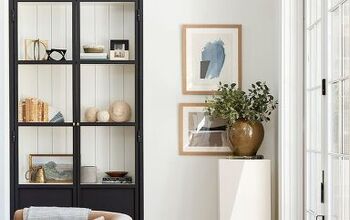
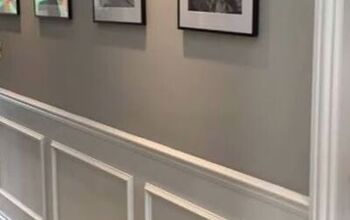
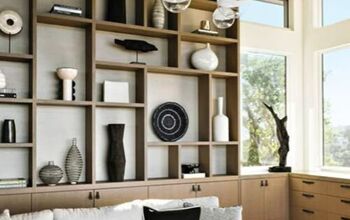
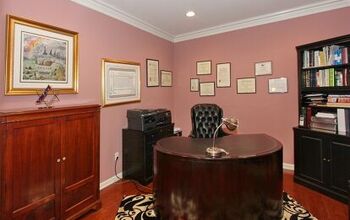



Comments
Join the conversation